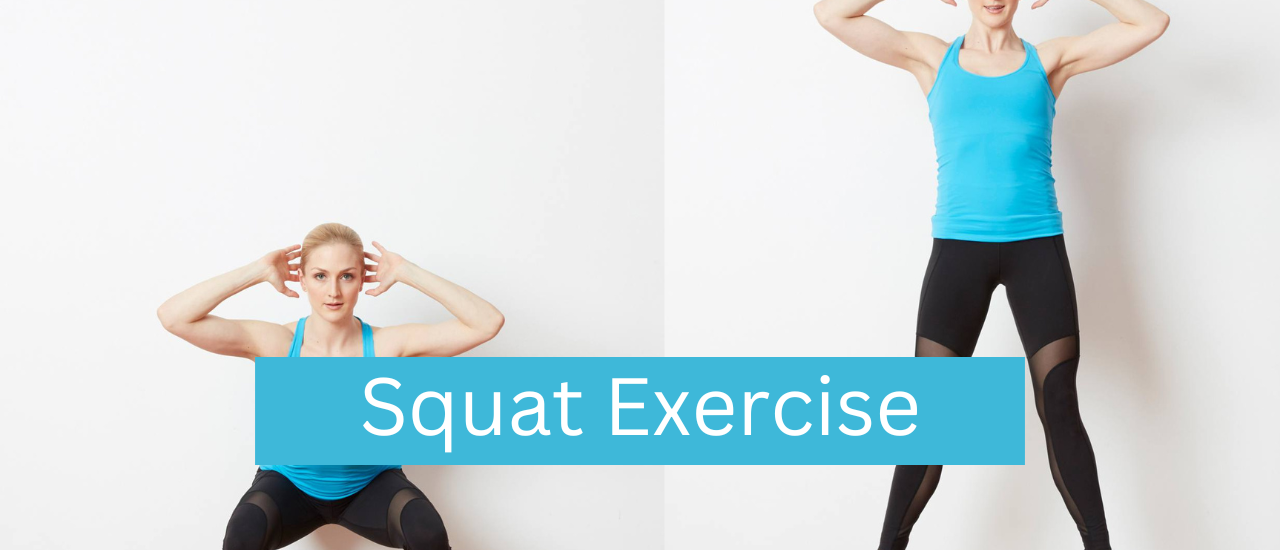

wordpress-seo domain was triggered too early. This is usually an indicator for some code in the plugin or theme running too early. Translations should be loaded at the init action or later. Please see Debugging in WordPress for more information. (This message was added in version 6.7.0.) in /home/sehatnagar.com/public_html/wp-includes/functions.php on line 6114
Air squat is a strength exercise in which the trainee lowers their hips from a standing position and then stands back up. During the descent of a squat, the hip and knee joints flex while the ankle joint dorsiflexes; conversely the hip and knee joints extend and the ankle joint plantar flexes when standing up.
Exercises like the air squat are not just for sportsmen. You can include them in your normal fitness regimen. They target your gluts and quadriceps to build your lower body. Additionally, they force your core muscles to work.
The following muscles gain strength via squats:
Squatting stimulates the glute and inner thigh muscles, which helps you, develop your legs and butt. Your posture and balance can get better as your buttocks get firmer. Building up the muscles Trusted Source in the quadriceps, calves, and hamstrings of the legs. Strengthening the knee joint, fat burning, and weight loss promotion.
Leaning too far forward or rounding your back during the squat can also cause back injuries. If you’re holding a big barbell, your shoulders could get tired. The possibility of becoming immobile at the bottom of a squat and being unable to rise again exists. Without using adequate form, squatting might cause knee pain. They can avoid this by making sure the knees and feet remain in alignment while they squat.
When a person does the exercise incorrectly, squatting with weights can increase the risk of injury, including damage to the knees or lower back. Anyone doing their first set of weighted squats should think about getting some professional advice.
You may perform weighted squats at home without any special equipment by:
Books should be added to a backpack until it begins to feel heavy. Then kneel with tithe pack can be worn on the back.Hold it close to your heart.
Keep it locked out in the air. At the bottom of the squat, add pauses. Alternately, you might squat while holding the bag straight out in front of your chest.
Your body will be tested in a slightly different way by each version. Combining variations is another option.
Squat down, keep the backpack against your chest, and hold a 3-second bottom pause. Repeat your way for 10 times.
Because they improve stability without putting an excessive amount of pressure on the tibiofemoral joint and anterior cruciate ligament, squats can be employed for some rehabilitation exercises. Higher compressive pressures on the patellofemoral joint are linked to deeper squats, and it’s probable that those who have pain in this joint can’t squat to greater depths. Because knee flexion applies less stress than greater depths, patients may feel more at ease performing certain knee rehabilitation exercises. [Reference needed] According to a different study, decline squats performed at angles greater than 16 degrees may not be good for the knee and do not reduce calf tension.
Your knees won’t suffer from squats. In reality, when performed correctly, they are quite good for the health of the knees. It is usually a good idea to have a professional examine your technique if you are new to squats or have previously suffered an injury.
Although the squat is one of the best exercises for developing all-around strength, power, and athleticism, it also has a number of hidden risks that the fitness community has long been unaware of.
Keeping an eye on the following is the first and most crucial step in preventing any injuries:
No matter what workout you undertake, if all of the aforementioned factors are in place, you will unquestionably reduce your risk of injury and increase your chances of building a strong musculature.